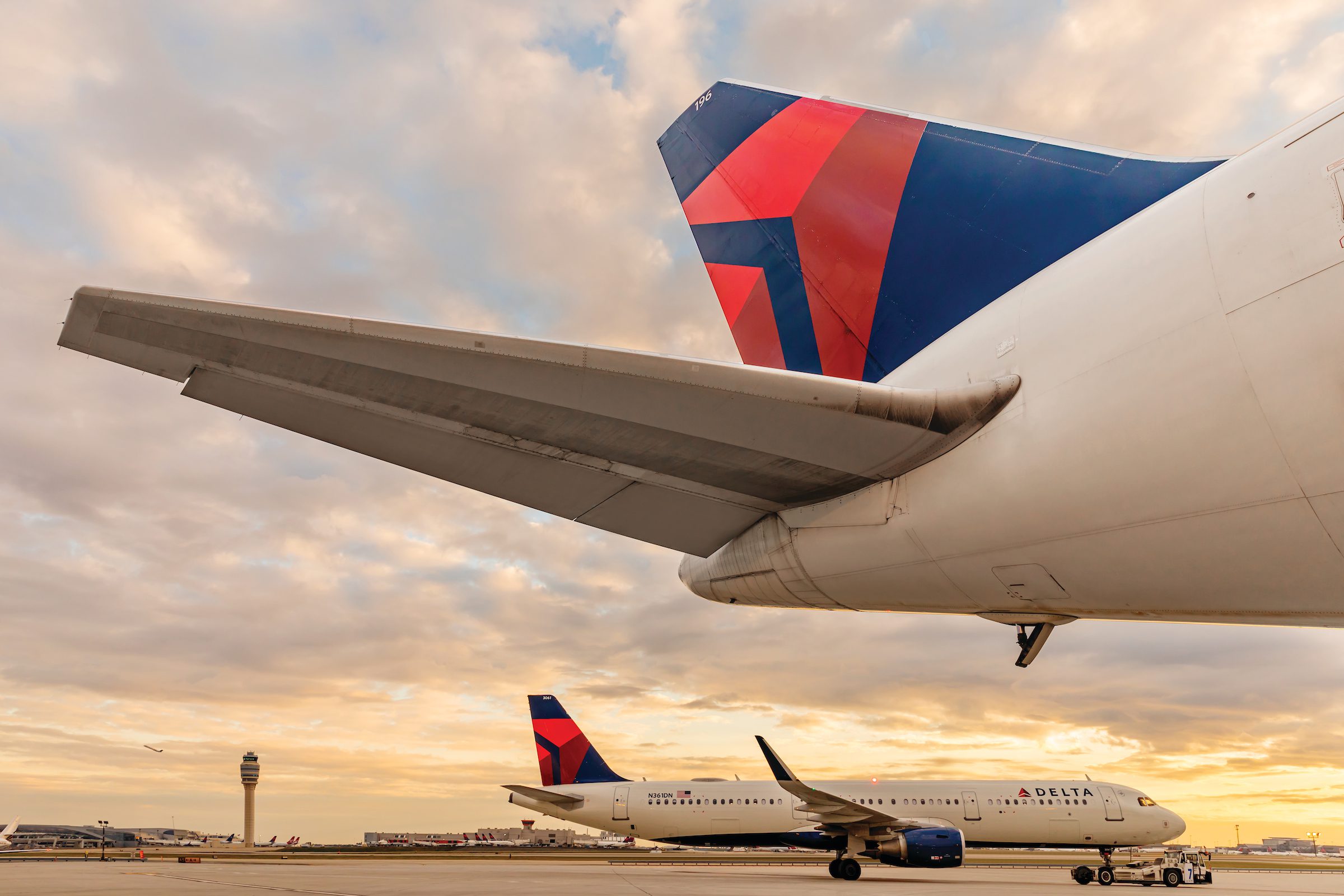
20191207 dl acexterior 764 1556 1 1
UPDATE – Delta Airlines returned to profitability in March after rebounding strongly from the first two months that were impacted by Omicron. As such, the Q1 results that it presented on April 13 are in line with the predictions from two months ago at the FY21 presentation. Delta Airlines leaves Omicron behind it with March profit.
Delta reported an Adjusted net loss of $940 million compared to $-1.177 billion in 2021. The pre-tax loss was $1.200 billion versus $-1.515 billion. As previously, Delta compares its results with the last pre-Covid year 2019, but AirInsight prefers to compare with 2021.
The adjusted operating loss was $783 million compared to $-1.398 billion. Total revenues ended at $9.348 billion, up from $4.150 billion. Of these, passenger revenues accounted for $6.907 billion (2021: $2.748 billion) and cargo for $289 million ($215 million). Capacity in available seat miles (ASM) was up to 51.8 million from 40.1 million, revenue passenger miles (RPM) to 38.7 million from 17.9 million.
CEO Ed Bastian showed himself most satisfied with the Q1 results: “With a strong rebound in demand as omicron faded, we returned to profitability in the month of March, producing a solid adjusted operating margin of almost 10 percent”, he said in a media statement. Notably, unit revenues in March succeeded those of 2019 for the first time since the start of the pandemic. For the full quarter, the 15.75 cents of total revenue per available seat miles (TRASM) was just five percent down on 2019 (16.63 cents).
Operating cash flow for the quarter was $1.8 billion, free cash flow was positive at $197 million. The airline ended the quarter with $12.8 billion in liquidity and total debt and liabilities of $25.6 billion, down by $1.4 billion as the gross debt was repaid. The strategy is to reduce debt further to $15 billion in 2024.
Strict eye on cost control
Delta kept a strict eye on non-fuel costs, although adjusted non-fuel costs were still up by six percent to $6.9 billion mainly thanks to what it calls the “normalization of maintenance expense.” Total operating expenses of $10.1 billion (2021: $5.5 billion) were largely impacted by higher fuel costs of $2.1 billion ($1.0 billion). Fuel costs per gallon were up 33 percent compared to December to $2.79.
The trend of strong demand for premium travel continued: in March, domestic premium revenues were almost back to 2019 levels, with premium some ten percentage points higher than the main (Economy) cabin on domestic and Latin American flights. Some seventy percent of premium seats are booked at the time of ticketing. Delta also notes a return of corporate travel, which has recovered to seventy percent of 2019 levels in March on domestic flights but still at only fifty percent on international services.
In its outlook for Q2, Delta Airlines expects to operate at 84 percent capacity of 2019 levels (March: 83 percent), get revenues to within 93 to 97 percent of 2019, and a further improvement of the operating margin to 12-14 percent. It is “cautiously bullish” for the summer, with domestic and Latin America showing robust recovery. Transatlantic travel even outperformed Latin America on volume again in the first week of April. There is even some bright news coming from the Asia Pacific and Australia reopening, but China is still worrying as lockdowns continue. Delta is not counting on a swift reopening until a few quarters away and even doesn’t fly to China until Shanghai reopens.
The big spoiler is fuel costs, with Delta calculating an average price of $3.20 to $3.35 per gallon. The carrier is seeing strong forward bookings for this and coming quarters but keeps an approach to be nimble on capacity ramp-ups. Labor shortages are an issue in the industry, but Delta says it is covered by hiring some 15.000 people since last year. Not just pilots and cockpit crew but also taking over the ground staff that was previously outsourced at airports to safeguard operations. “The priority is to operate reliably and the other is to get ahead of demand. As we get through the years and these demand trends continue, we have the opportunity to take another pick up or take another direction”, said President Glen Hauenstein during the earnings call.
On the fleet, Delta says it expects to take delivery of seventy aircraft this year, of which 26 Airbus A321neo’s. These will help to reduce its fuel burn per available seat mile by some six percent compared to 2019. Delta still has 155 A321neo’s on backlog until 2027. Other aircraft joining the fleet are more A220s, A330-900s, and A350-900s.
Views: 1



